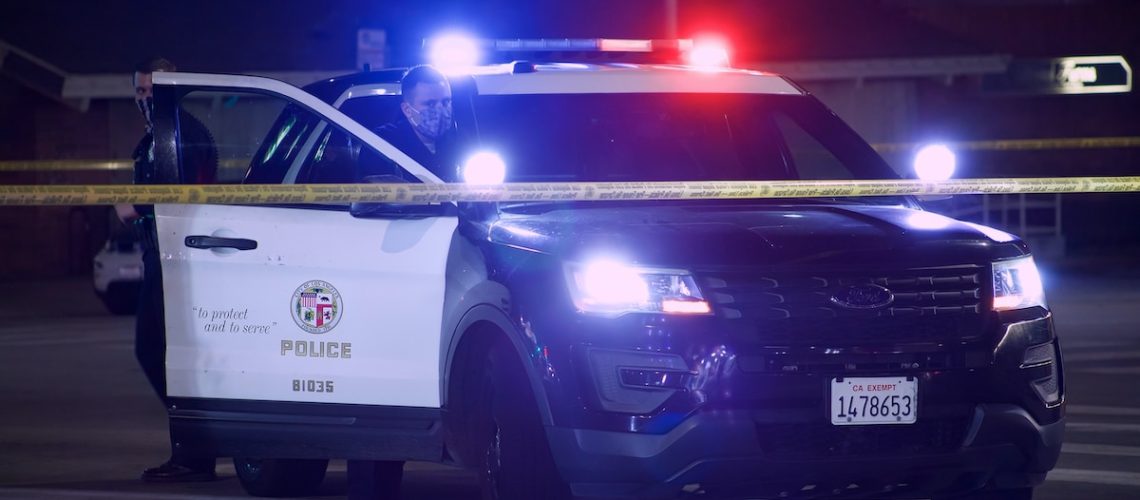After 27 years of protest and community upset, homophobic neighborhood signs that read “No Cruising Zone” were finally removed in Los Angeles.
Safety Concerns
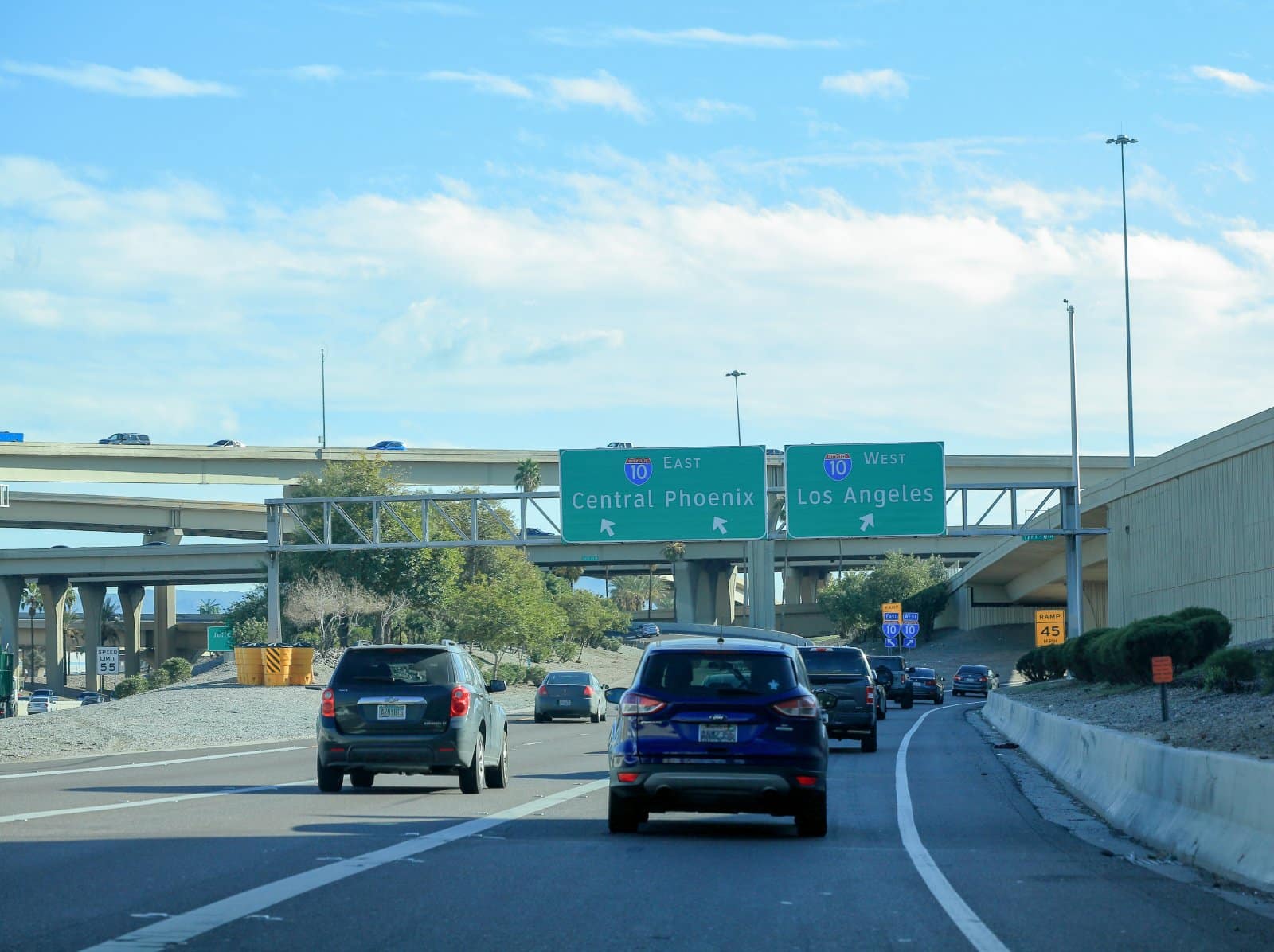
Initially installed in the 1990s, the signs were put up after the city received several complaints about gay men “cruising” in the area and how this was causing safety concerns.
Reading the Signs
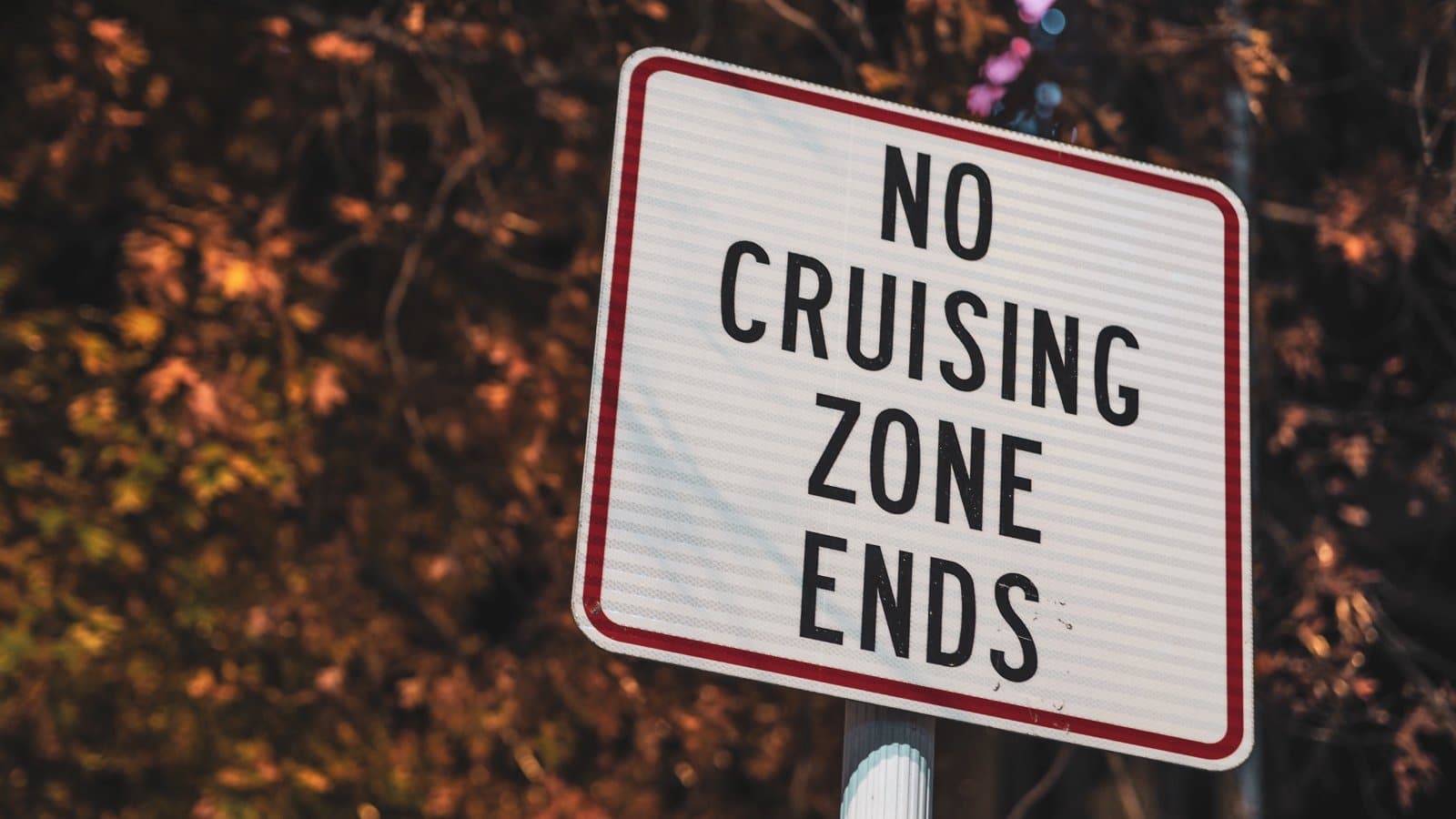
The signs in the Los Angeles neighborhood read: “No Cruising Zone. No Loitering. No Soliciting. Enforced 10 PM – 6 AM.”
Cruising the Streets
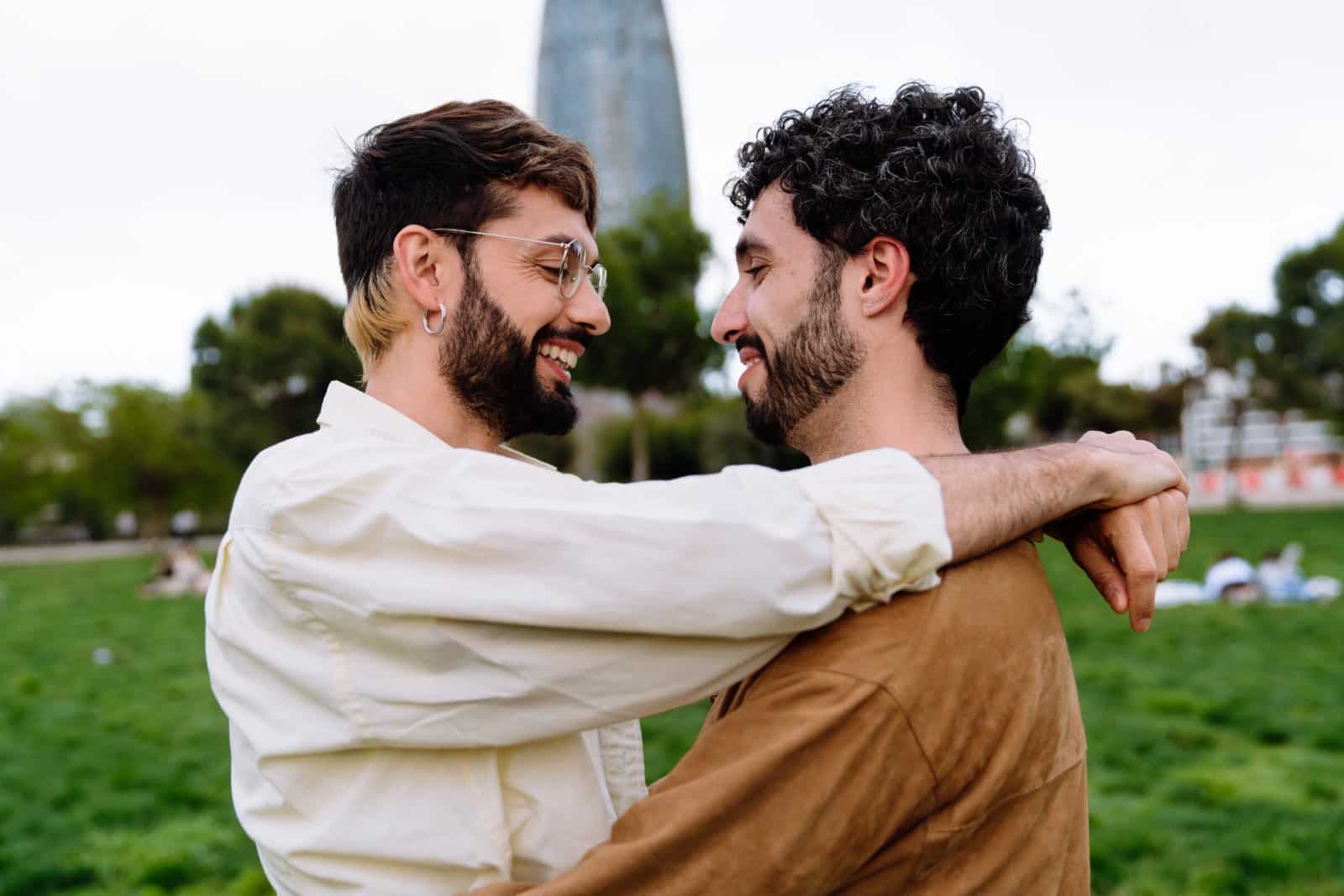
A term commonly used by gay men, “cruising,” is a word used to describe the act of searching for casual sexual partners in public places where this kind of meet-up commonly takes place.
Forced to Cruise
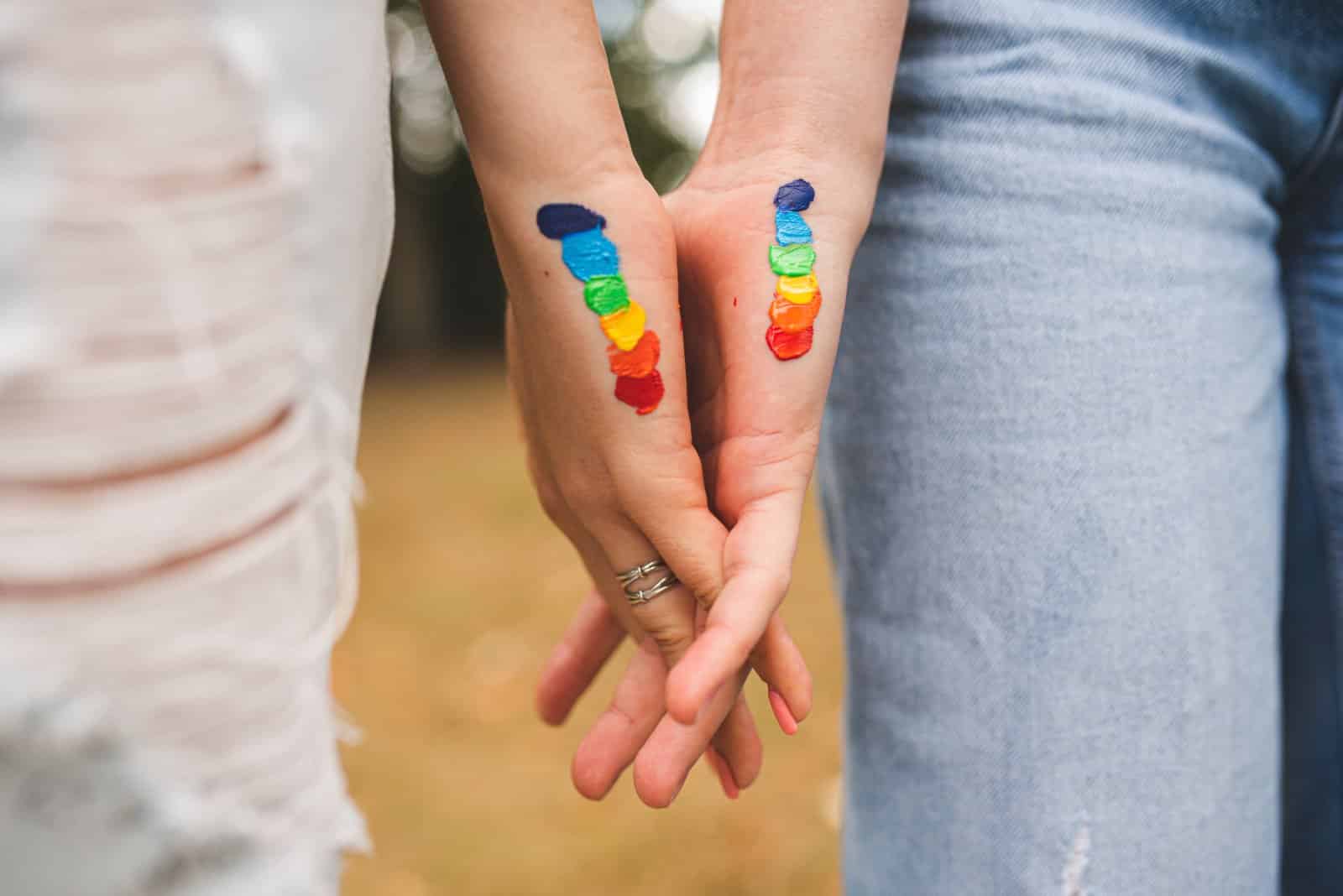
Cruising became commonplace for gay men because they historically had no place to openly meet and find partners due to societal stigmatization and homophobia.
Cruising Concerns

For this neighborhood in the 1990s, the residents may have feared the increased traffic, noise, and potential illegal public sex associated with cruising and asked for the signs as a result.
Stemming From Homophobia
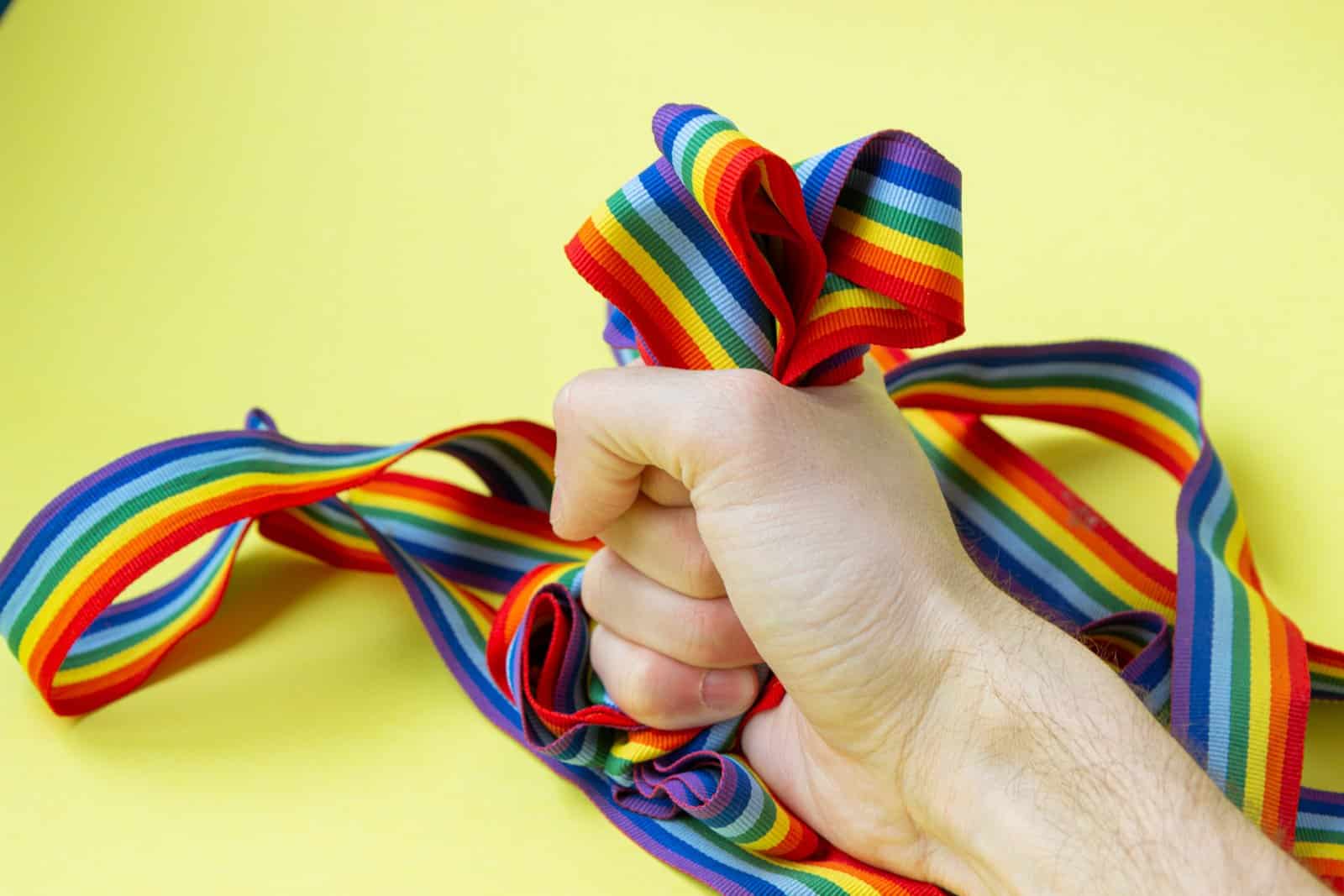
However, it is also likely that some residents felt that cruising negatively impacts the neighborhood’s image, stemming more from a place of homophobia than a true safety concern.
A Different Meaning
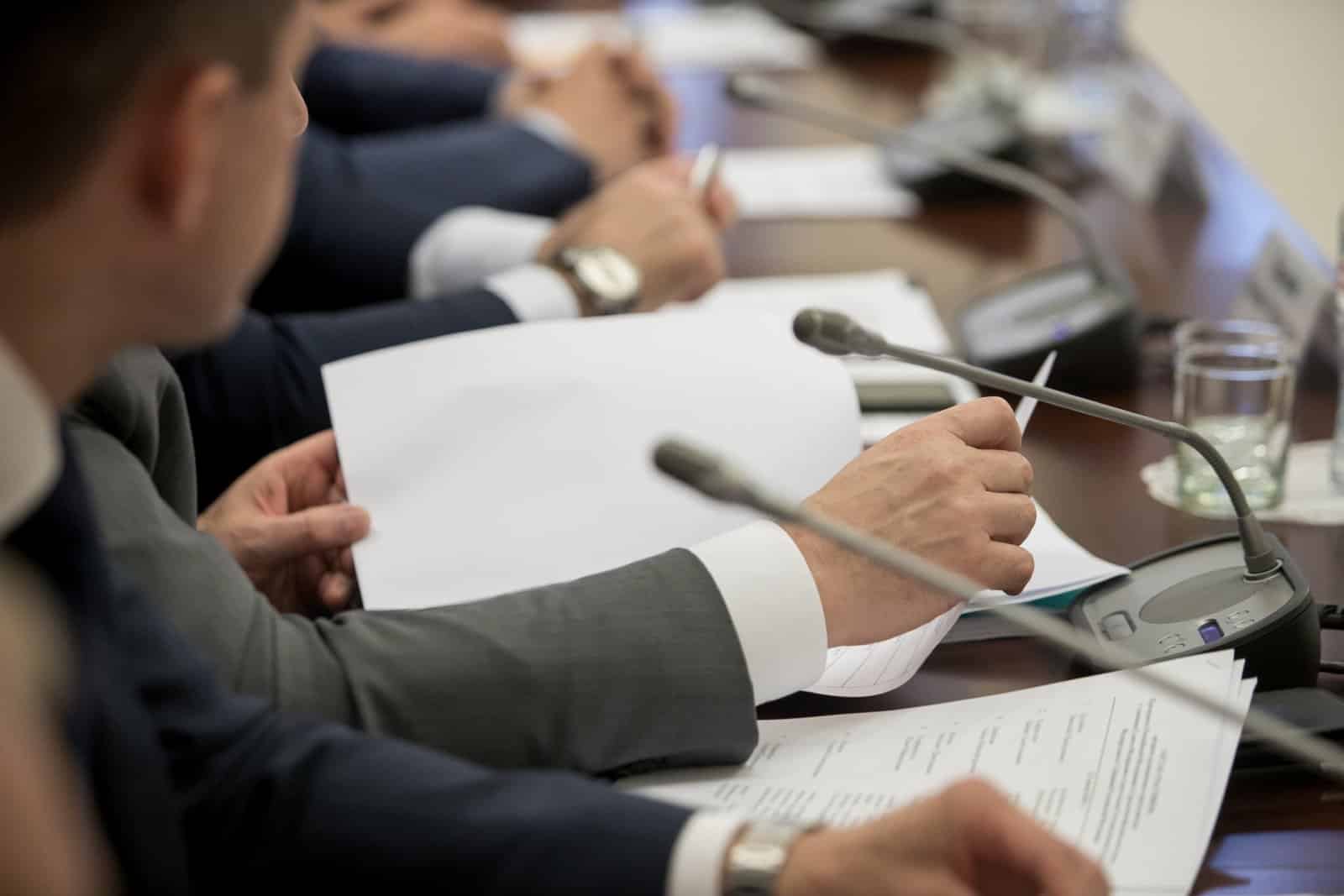
Los Angeles Council Member Hugo Soto-Martinez said, “For me, growing up in South Central Los Angeles, cruising had a very different meaning.”
Folks in Lowriders

Councilmember Martinez went on to say, “It usually meant folks in their lowriders or their cars, a lot of hip-hop music, just going up down Crenshaw Boulevard, but here in Silver Lake, cruising, of course, meant something very different.
Finding Human Connection
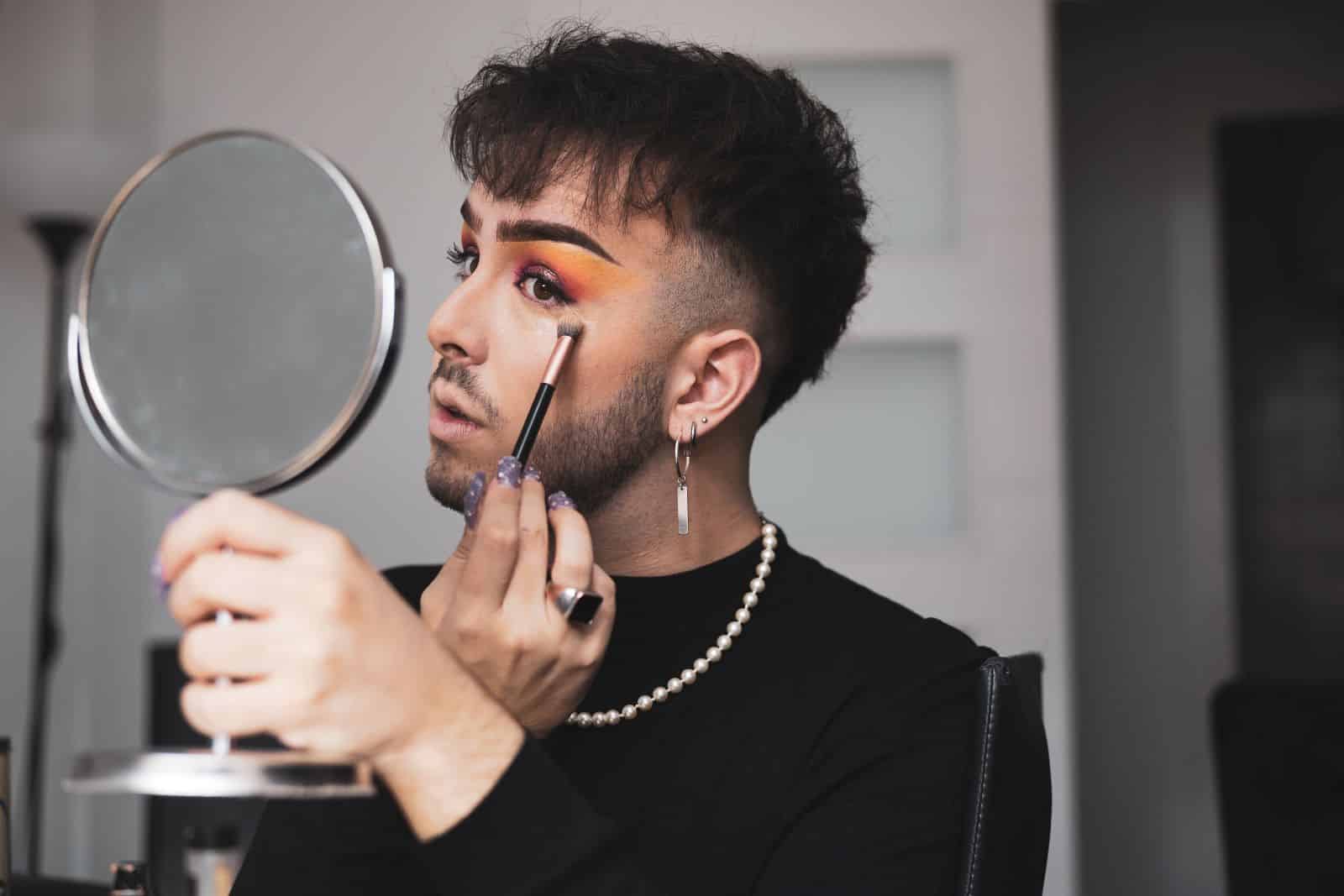
“It meant an opportunity for the LGBT community to try to find human connection and intimacy and to be able to express themselves in a society at the time that was not very welcoming to the LGBT community.”
Widespread Support
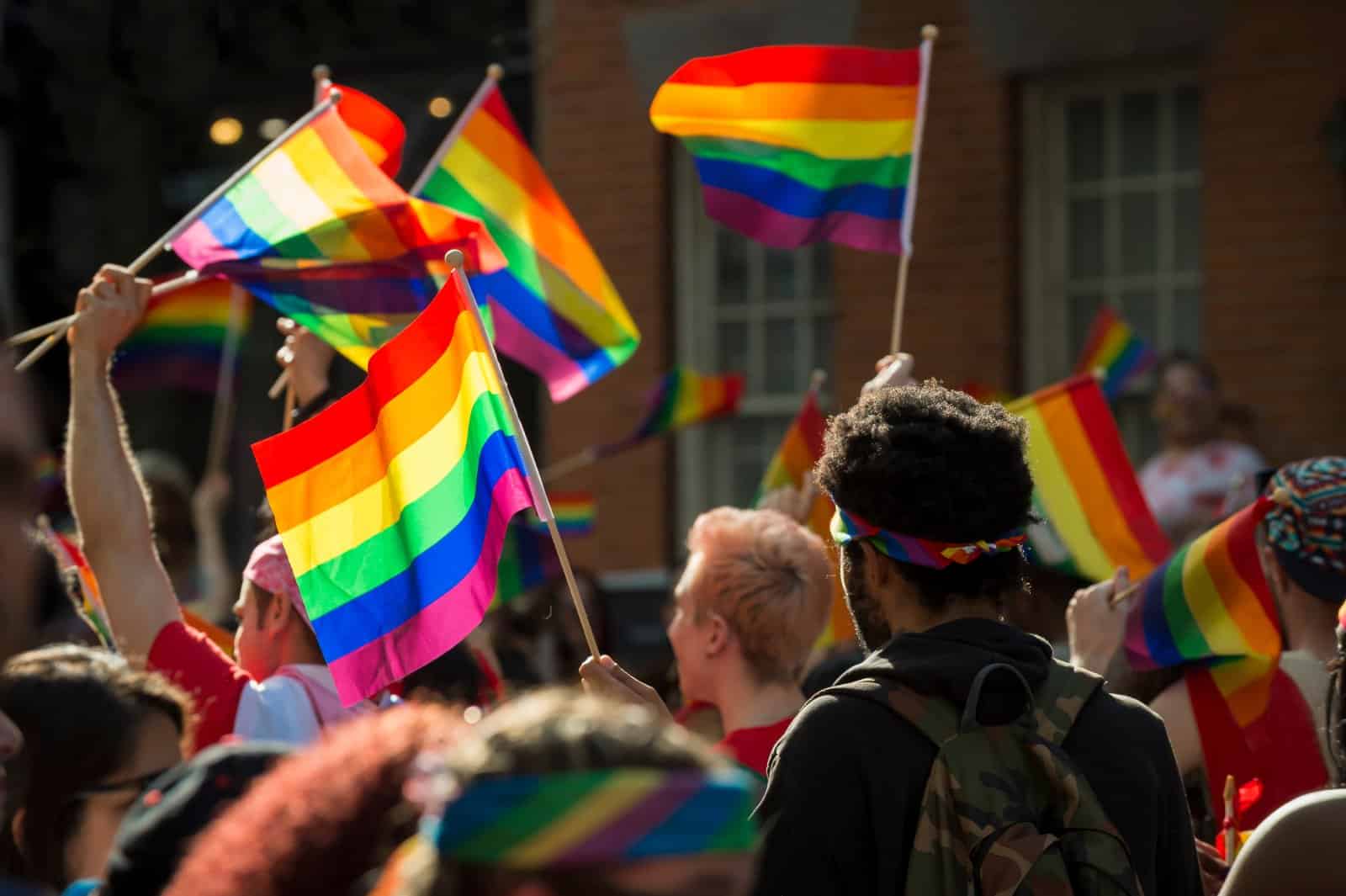
Unsurprisingly, the signs being taken down have been met with widespread support from the greater LGBTQ+ community around the United States, who have long argued that the signs were discriminatory and perpetuated stigma against gay men.
City Officials’ Actions
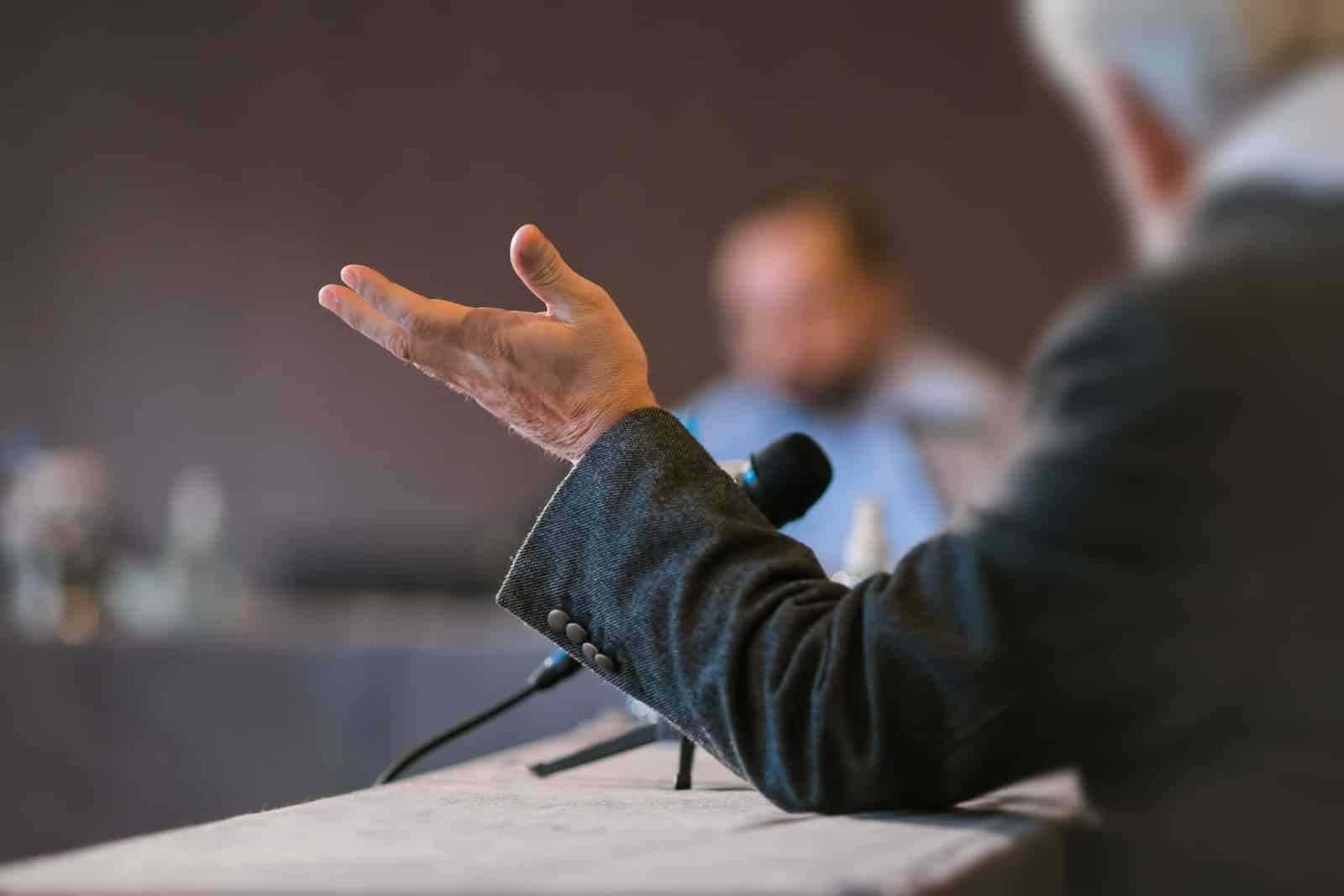
Los Angeles city officials removed the signs following persistent advocacy from LGBTQ+ groups, marking a significant victory for activists who have campaigned against the signs for decades.
Discovering the Sign
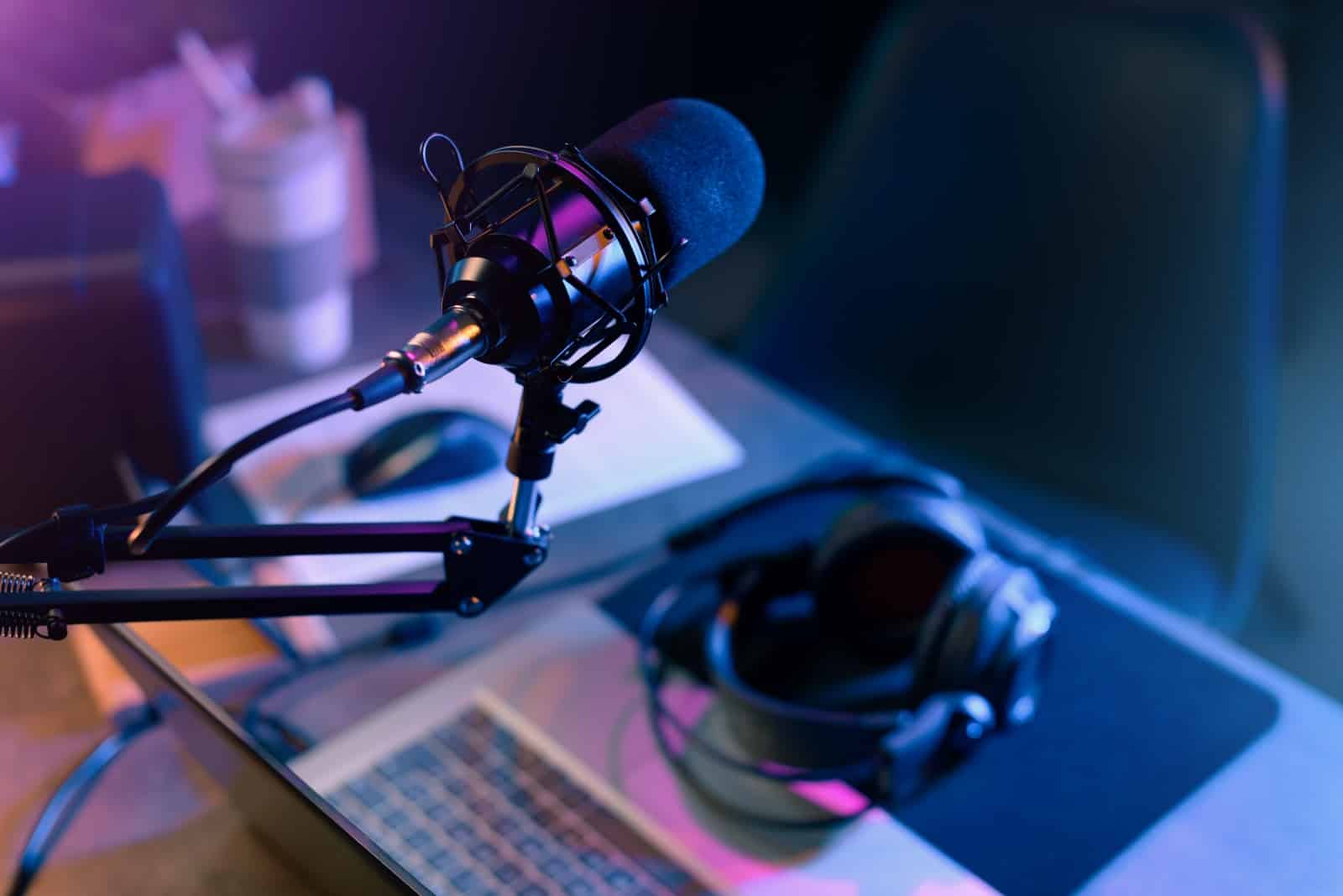
However, despite the constant advocacy against the signs, it was not until one Los Angeles City Councilmember, Nithya Raman, was told by one of her constituents that she heard about the signs on a podcast that it was finally taken seriously.
Removed in 2011
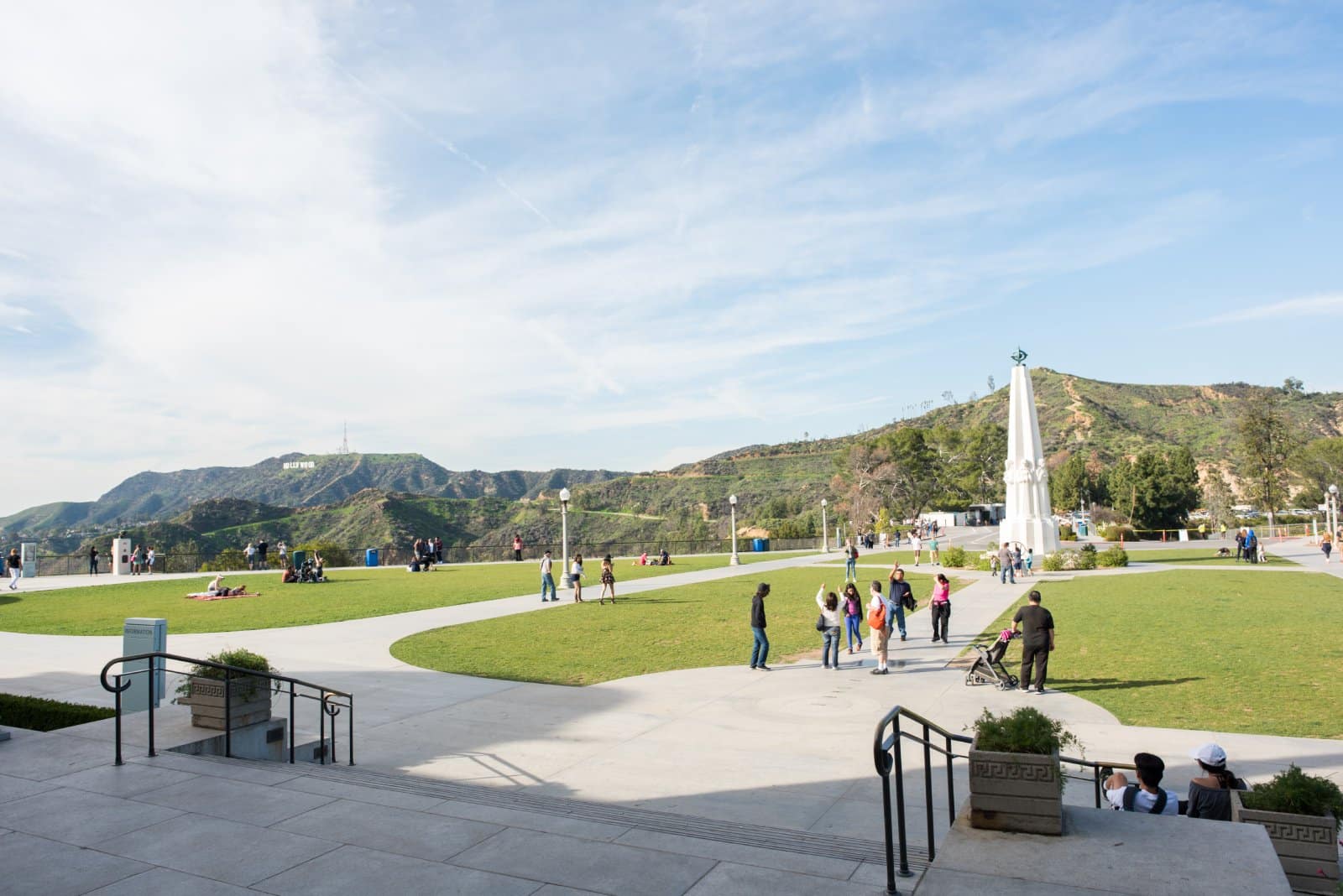
Councilmember Raman said, “The podcast mentioned that there had been ‘No Cruising’ signs along Hyperion that had been removed in 2011, but that nine signs still remained on Griffith Park Boulevard.”
Reaching Out to the Deputy
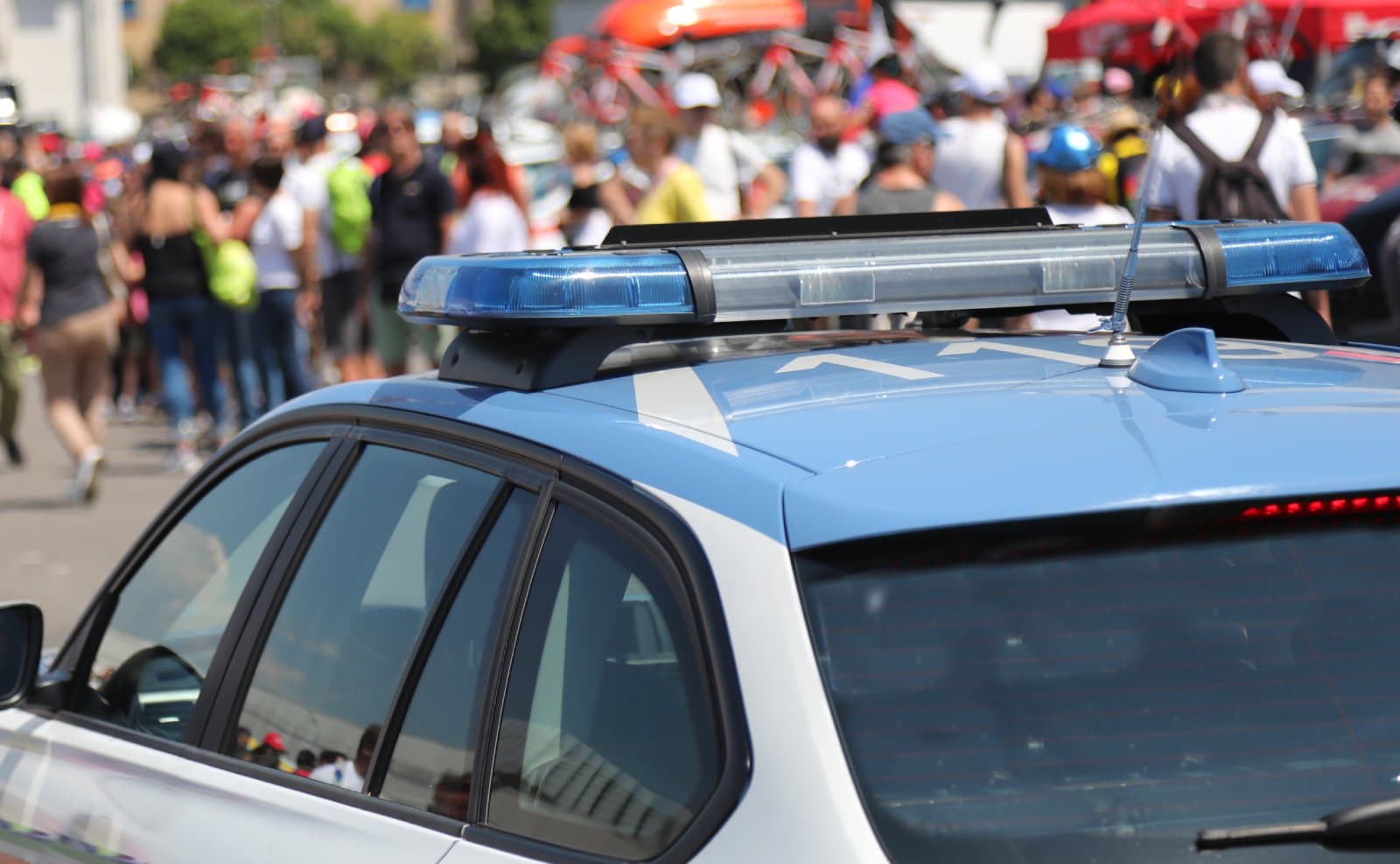
“Our very own Silver Lake constituent, Donovan Daughtry, heard the episode, and in May of 2022 he reached out to our Silver Lake Field Deputy at the time.”
Erasing a Painful Chapter
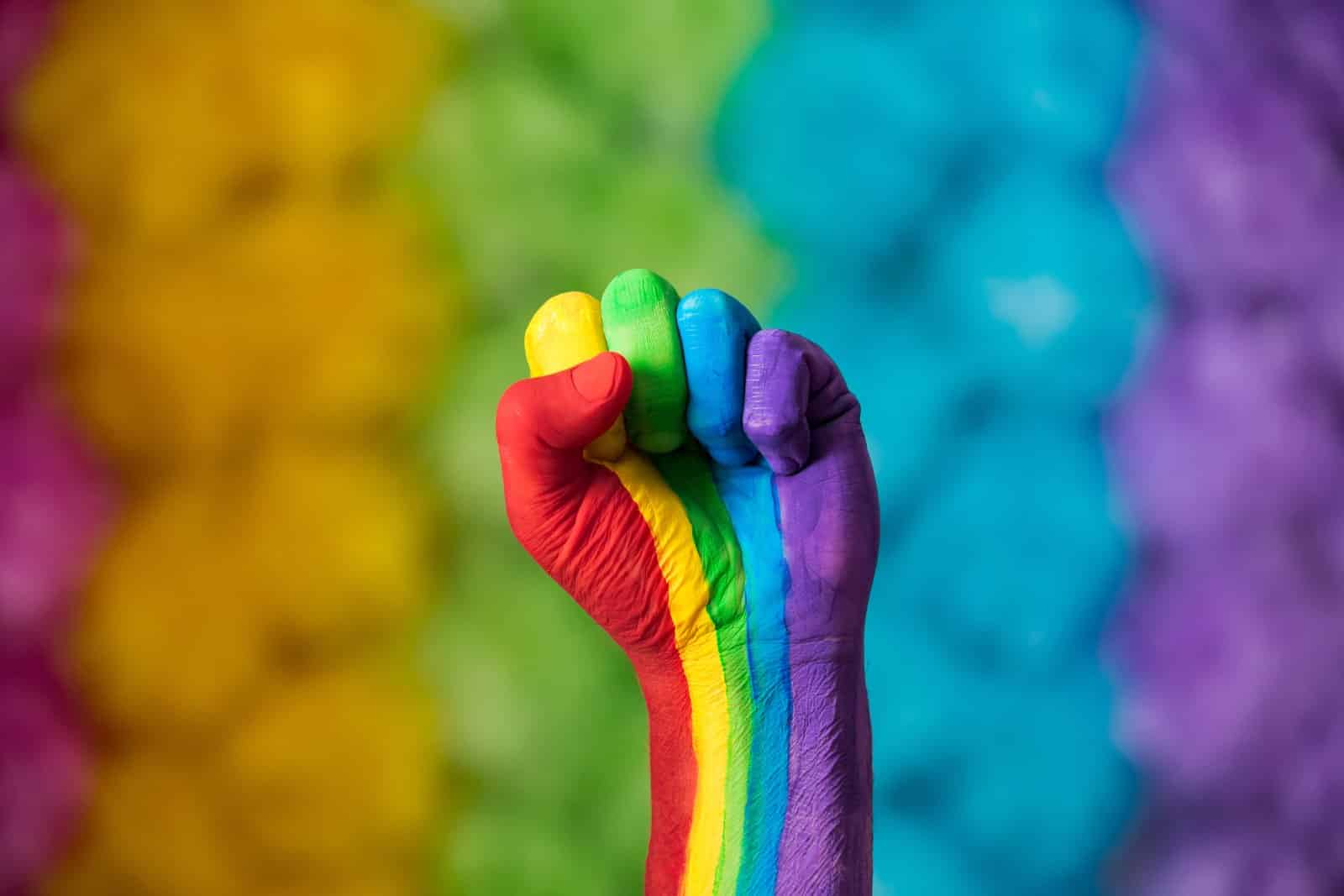
One LGBTQ+ activist told LGBTQ+Nation, “This is a triumph for our community and a step towards erasing a painful chapter in our history.”
LGBTQ+ Identification Trends
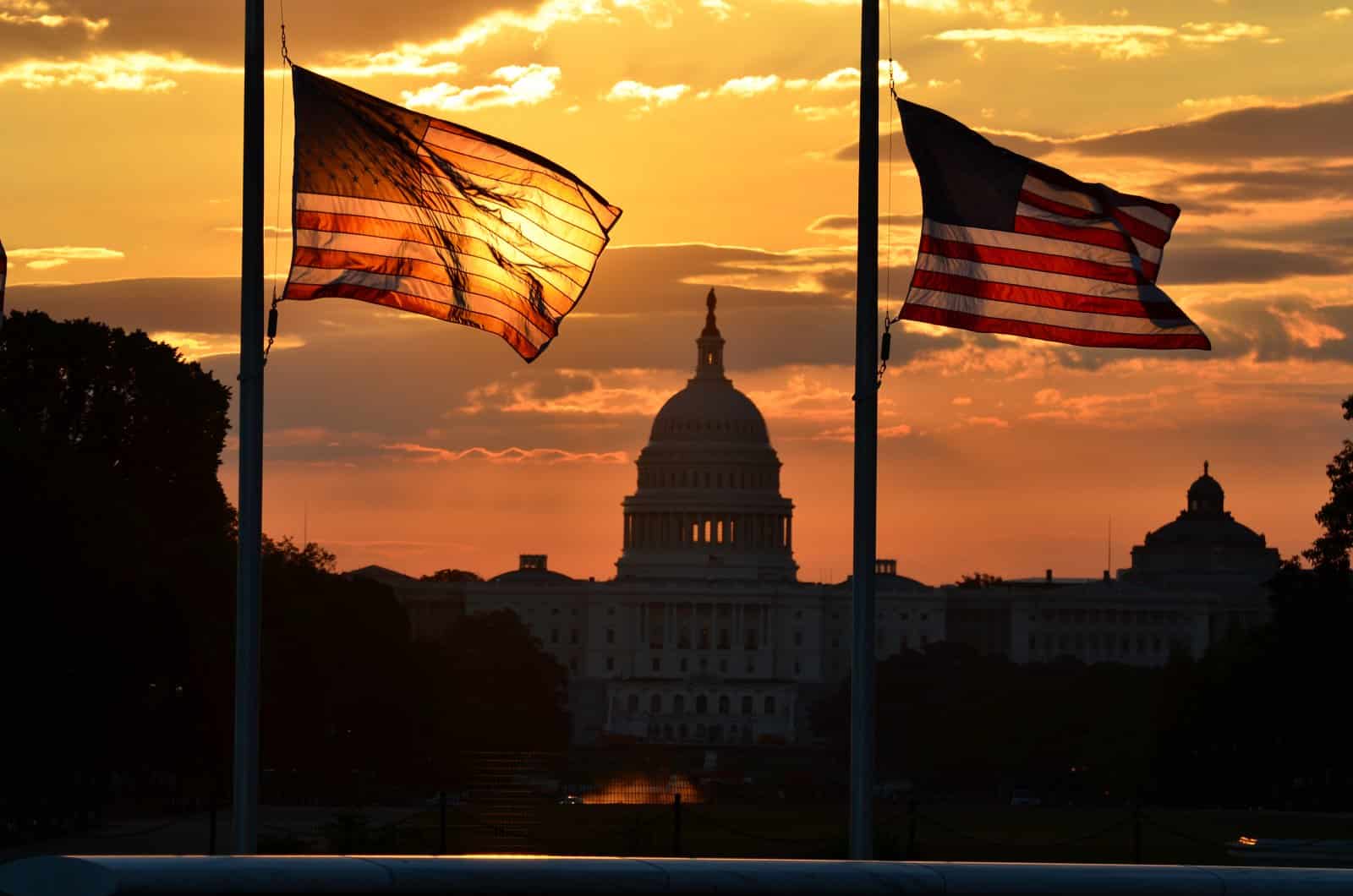
Unsurprisingly, LGBTQ+ identification in the U.S. has grown significantly in the twenty-first century, with 7.6% of U.S. adults identifying as part of the LGBTQ+ community, and younger generations are seeing steady increases.
Generational Growth in Identification
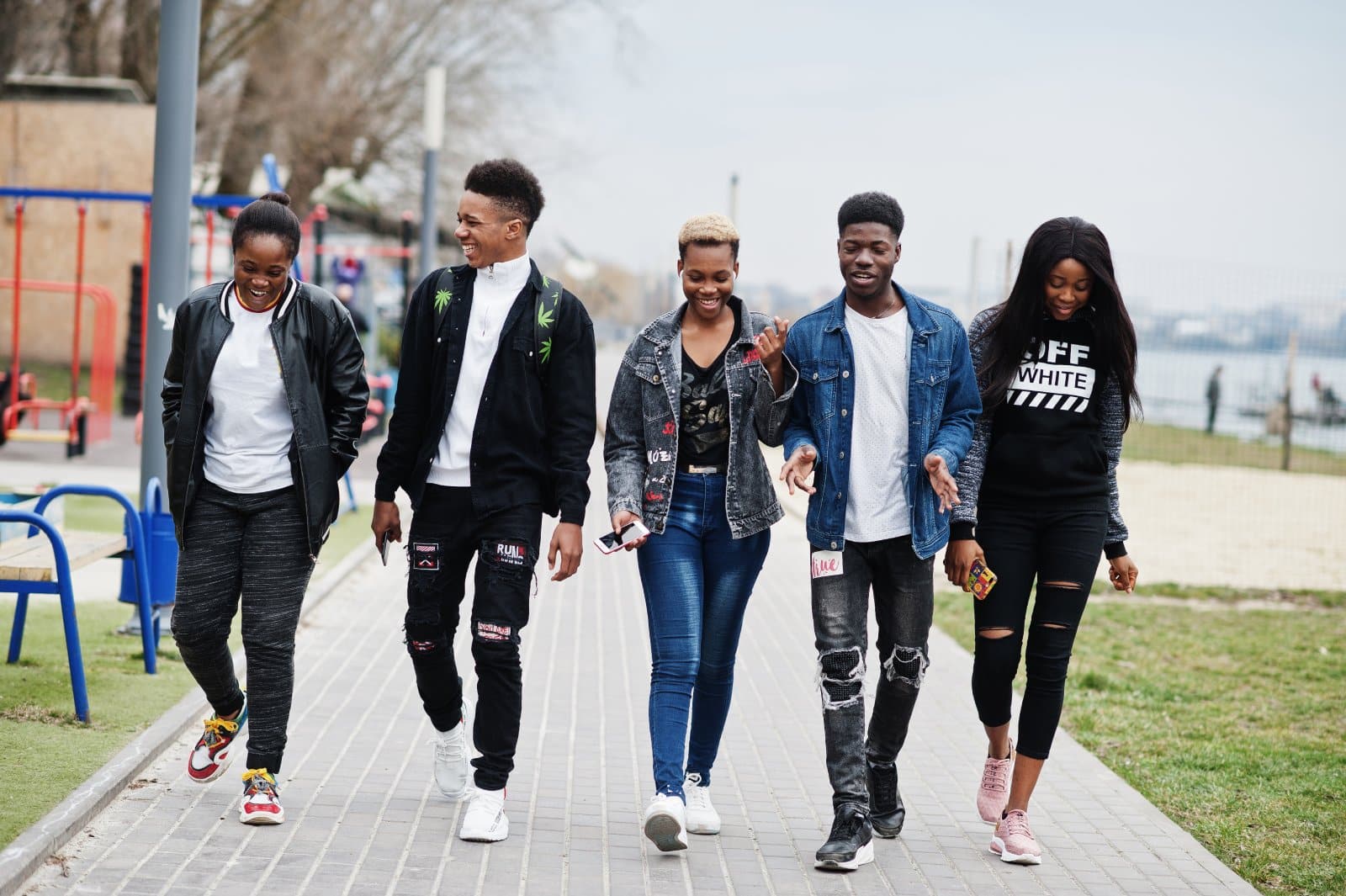
More than one in five Gen Z adults identify as LGBTQ+ when compared to less than one in ten millennials, indicating a broader acceptance and identification with LGBTQ+ identities among younger adults.
More Than One in Five

In a Gallup poll, Jeffrey M. Jones reported, “More than one in five Gen Z adults, ranging in age from 18 to 26 in 2023, identify as LGBTQ+, as do nearly one in 10 millennials.”
Future Implications

If this current trend continues, the proportion of U.S. adults identifying as LGBTQ+ will exceed more than 10% within the next few decades with shifting societal norms and increasing acceptance of diverse sexual orientations and gender identities.
The post Los Angeles: Homophobic “No Cruising” Street Signs Finally Removed first appeared on Pulse of Pride.
Featured Image Credit: Shutterstock / Elliott Cowand Jr.
For transparency, this content was partly developed with AI assistance and carefully curated by an experienced editor to be informative and ensure accuracy.

